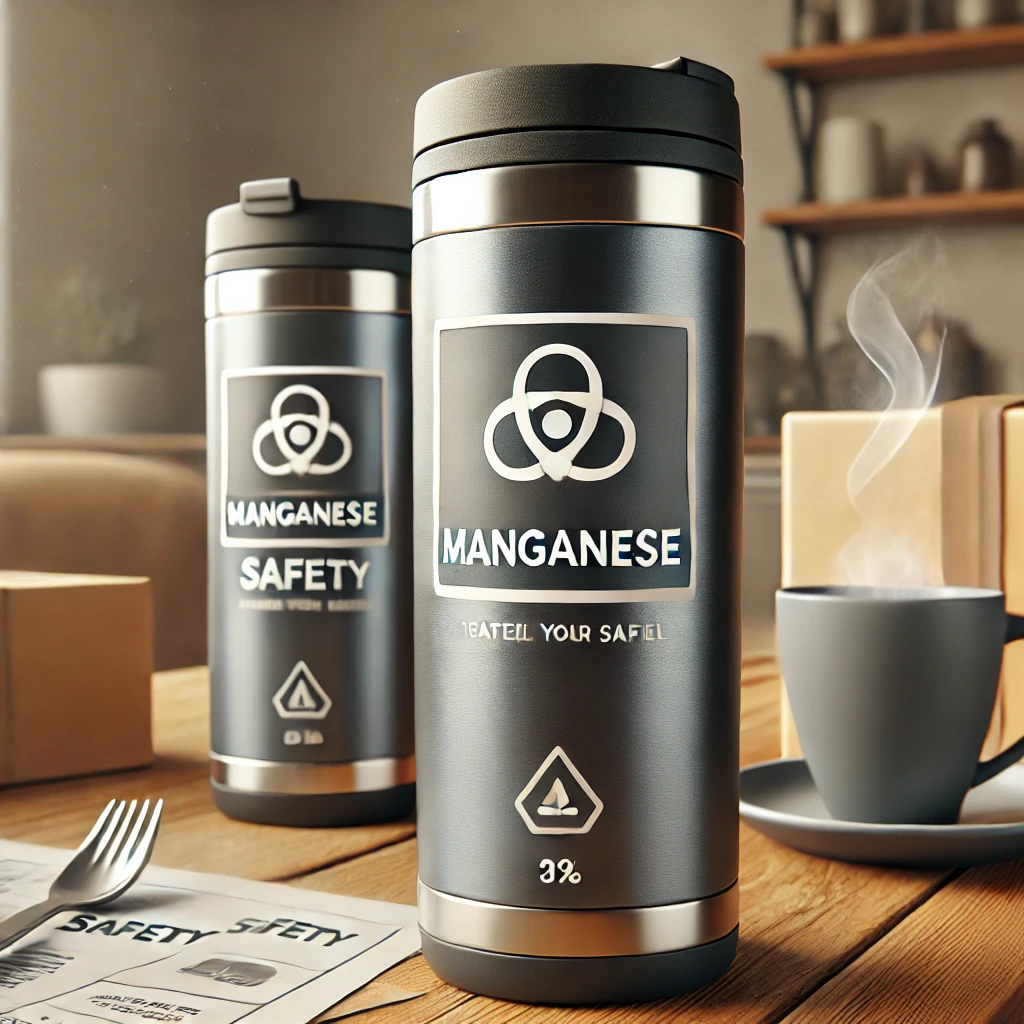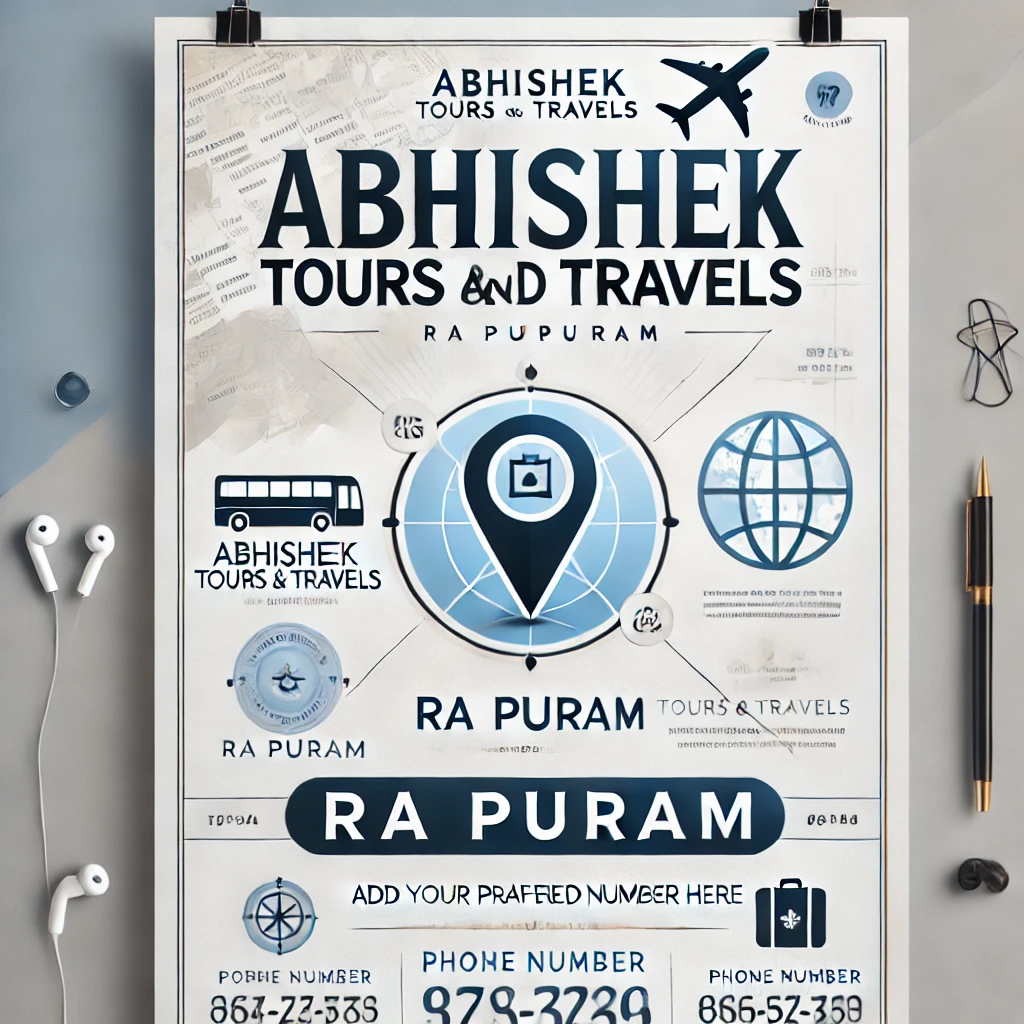When choosing travel mugs, safety and health concerns are paramount. This brings us to a common question: Are travel mugs with manganese on them safe? Understanding the composition and potential health impacts of manganese in travel mugs is crucial for making informed decisions. In this article, we’ll explore the topic in-depth, addressing key concerns and providing insights for safe usage.
What Is Manganese and Why Is It Used in Travel Mugs?
Manganese is a naturally occurring mineral found in the environment, including soil, rocks, and water. It’s commonly used in manufacturing stainless steel to increase durability and prevent rust.
Travel mugs often use stainless steel because it’s lightweight, strong, and resistant to corrosion. This means manganese is indirectly present in many travel mugs.
Are Travel Mugs with Manganese Safe for Everyday Use?
The answer largely depends on how the mug is manufactured and whether the manganese comes into contact with your beverages. Here are some key points to consider:
- Food-Grade Stainless Steel: Most high-quality travel mugs are made of food-grade stainless steel, which minimizes the risk of leaching manganese into your drinks.
- Temperature Impact: Extremely high temperatures might increase the likelihood of metal leaching, but this is rare in properly manufactured mugs.
- Safety Standards: Mugs made by reputable brands comply with safety regulations, ensuring that manganese levels remain within safe limits.
Synonyms for the Main Keyword
- Safety of manganese in travel mugs
- Manganese content in stainless steel mugs
- Are mugs with manganese harmful?
- Health risks of manganese in travel mugs
- Manganese safety in beverage containers
Understanding Manganese Exposure
1. Daily Dietary Manganese
Manganese is an essential nutrient found in nuts, seeds, and leafy vegetables. It supports bone development and metabolism. However, excess exposure, particularly through non-food sources, can lead to health concerns.
2. Leaching from Stainless Steel
Poorly made mugs might leach small amounts of manganese, especially with acidic or very hot liquids. However, this is rare in food-grade materials.
Signs of a Safe Travel Mug
- Labeling: Look for labels such as “BPA-free” and “food-grade stainless steel.”
- Reputable Brands: Trusted manufacturers often follow strict safety standards.
- Certification: Check for FDA or EU certifications, which ensure compliance with health guidelines.
Potential Risks of Manganese in Travel Mugs
While most stainless steel travel mugs are safe, certain conditions can raise concerns:
- Low-Quality Materials: Cheaper mugs may use lower-grade stainless steel with higher manganese content.
- Extended Contact with Liquids: Storing acidic beverages like coffee or juice for long periods could increase leaching risks.
- Damaged Linings: Scratches or wear on the interior lining can expose underlying metals, including manganese.
How to Minimize Risks
1. Choose Quality Over Price
Invest in high-quality mugs made by trusted brands. These are more likely to use safe materials.
2. Avoid Storing Liquids for Long
Empty your travel mug after use, especially when carrying acidic drinks.
3. Inspect Regularly
Check for scratches, dents, or other damages that might expose the inner layer of the mug.
Alternatives to Stainless Steel Travel Mugs
If you’re concerned about manganese exposure, consider these alternatives:
- Glass Travel Mugs: Safe and free from metal leaching.
- Ceramic Travel Mugs: Durable and chemical-free.
- BPA-Free Plastic: Lightweight but may not be as long-lasting.
Contextual Relevance: The Debate Around Manganese
The concern about manganese safety in travel mugs is rooted in its dual role as both a nutrient and a potential toxin. Small, controlled amounts are beneficial, but excessive exposure from poorly made products could pose risks. This is why understanding the context and adhering to safety standards is essential.
Final Thoughts on Manganese in Travel Mugs
So, are travel mugs with manganese on them safe? The answer is generally yes, provided the mugs are made from food-grade stainless steel and used appropriately. Stick to trusted brands, avoid prolonged storage of acidic beverages, and inspect your mugs regularly to ensure safety.
FAQs
1. What is manganese used for in travel mugs?
Manganese is part of stainless steel, enhancing durability and rust resistance.
2. Can manganese in travel mugs harm you?
In properly made mugs, manganese levels are minimal and safe. Risks are rare but may arise from low-quality products.
3. How can I tell if my travel mug is safe?
Look for labels like “food-grade stainless steel” and choose products from reputable brands.
4. What beverages increase leaching risks?
Acidic drinks like coffee or juice may slightly increase leaching, but the risk is minimal in high-quality mugs.
5. What are alternatives to stainless steel travel mugs?
Consider glass, ceramic, or BPA-free plastic travel mugs as safer options.
By following these guidelines and insights, you can confidently choose a travel mug that balances convenience, safety, and quality.










